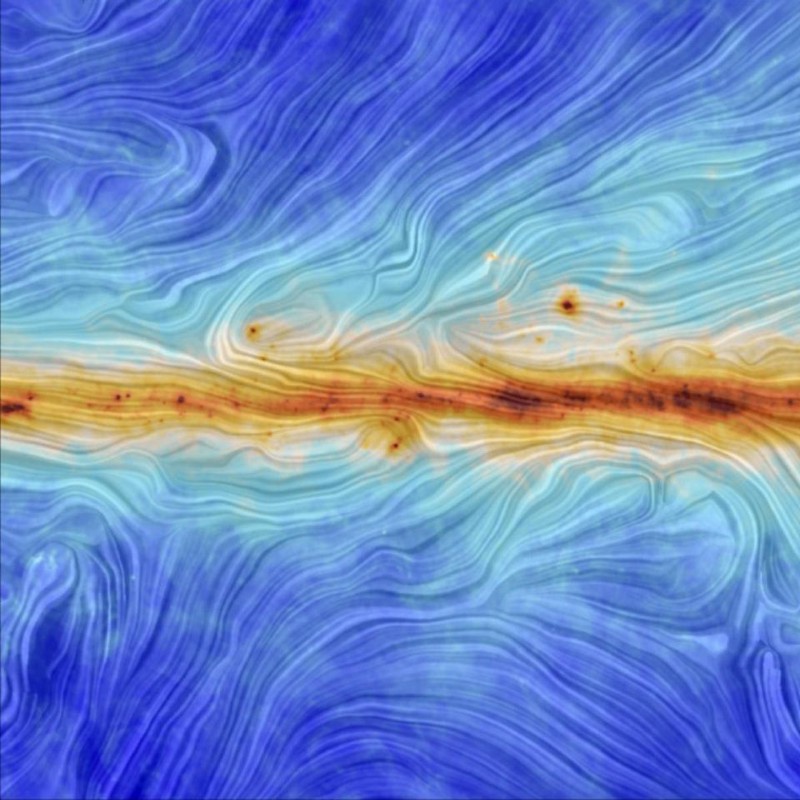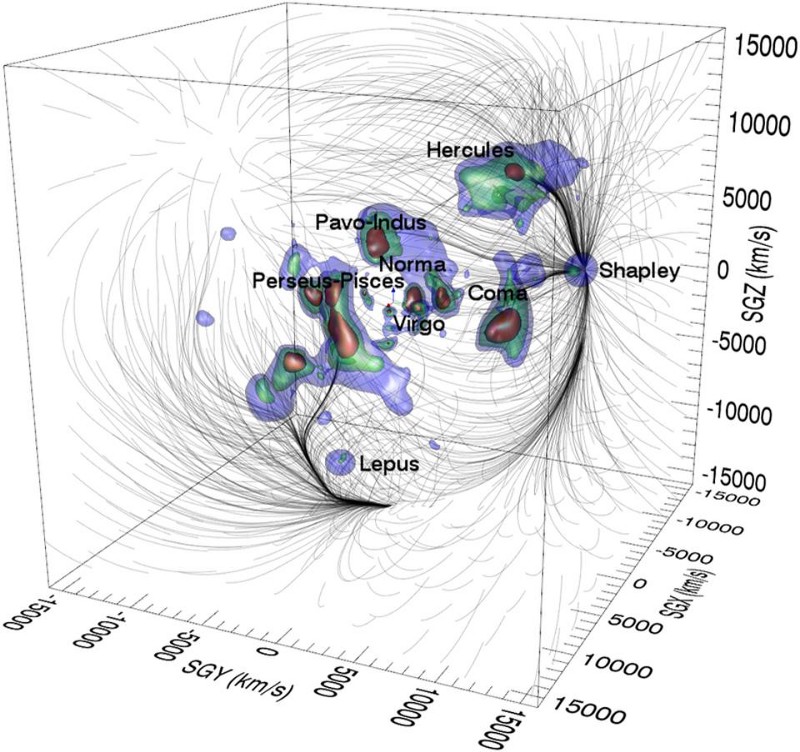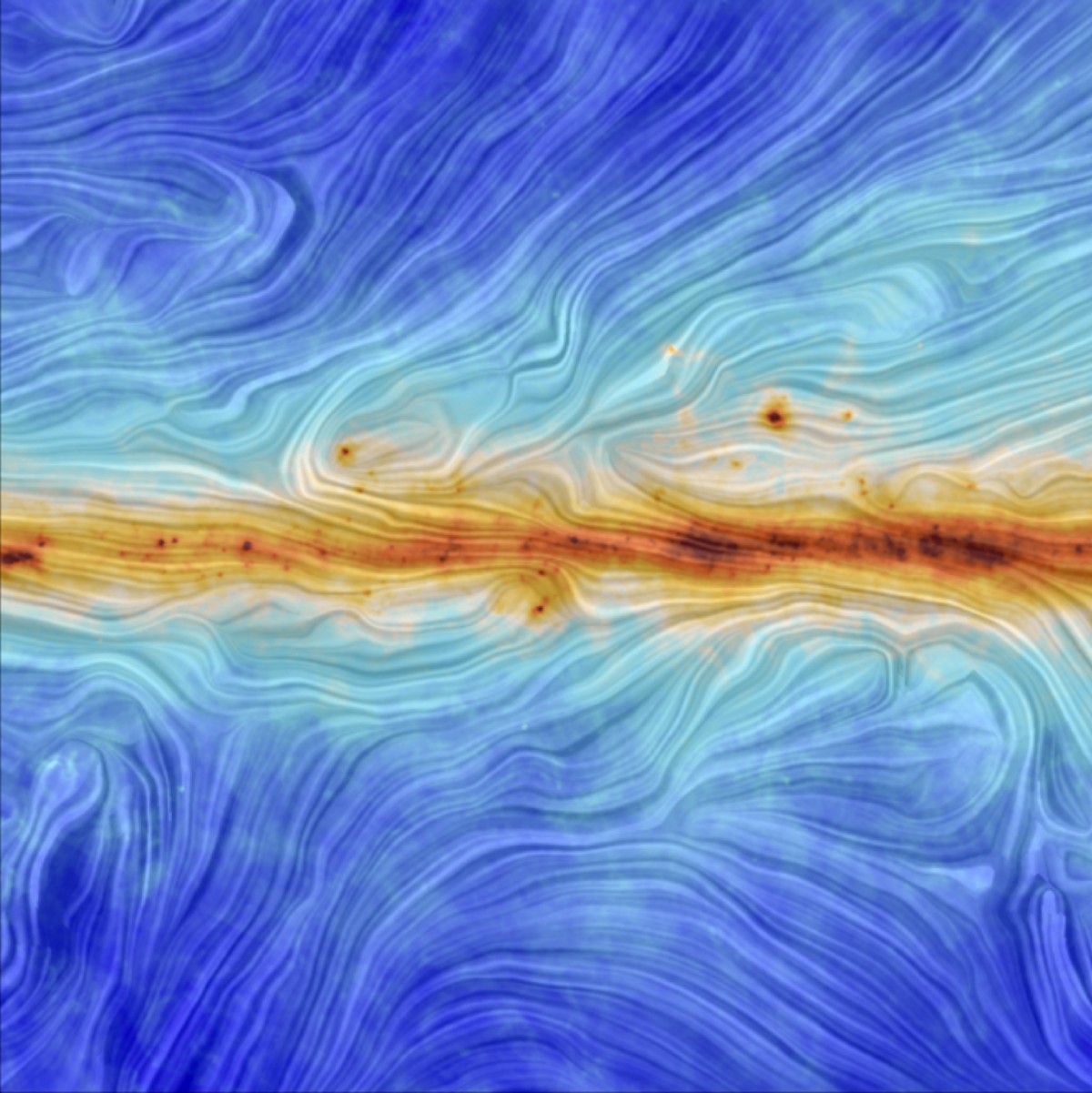Mostly Mute Monday: The First Bone Of The Milky Way’s Skeleton
Spiral galaxies have a skeleton-like structure that supports them. See the Milky Way’s first discovered bone!
“The progress of science is strewn, like an ancient desert trail, with the bleached skeleton of discarded theories which once seemed to possess eternal life.” –Arthur Koestler
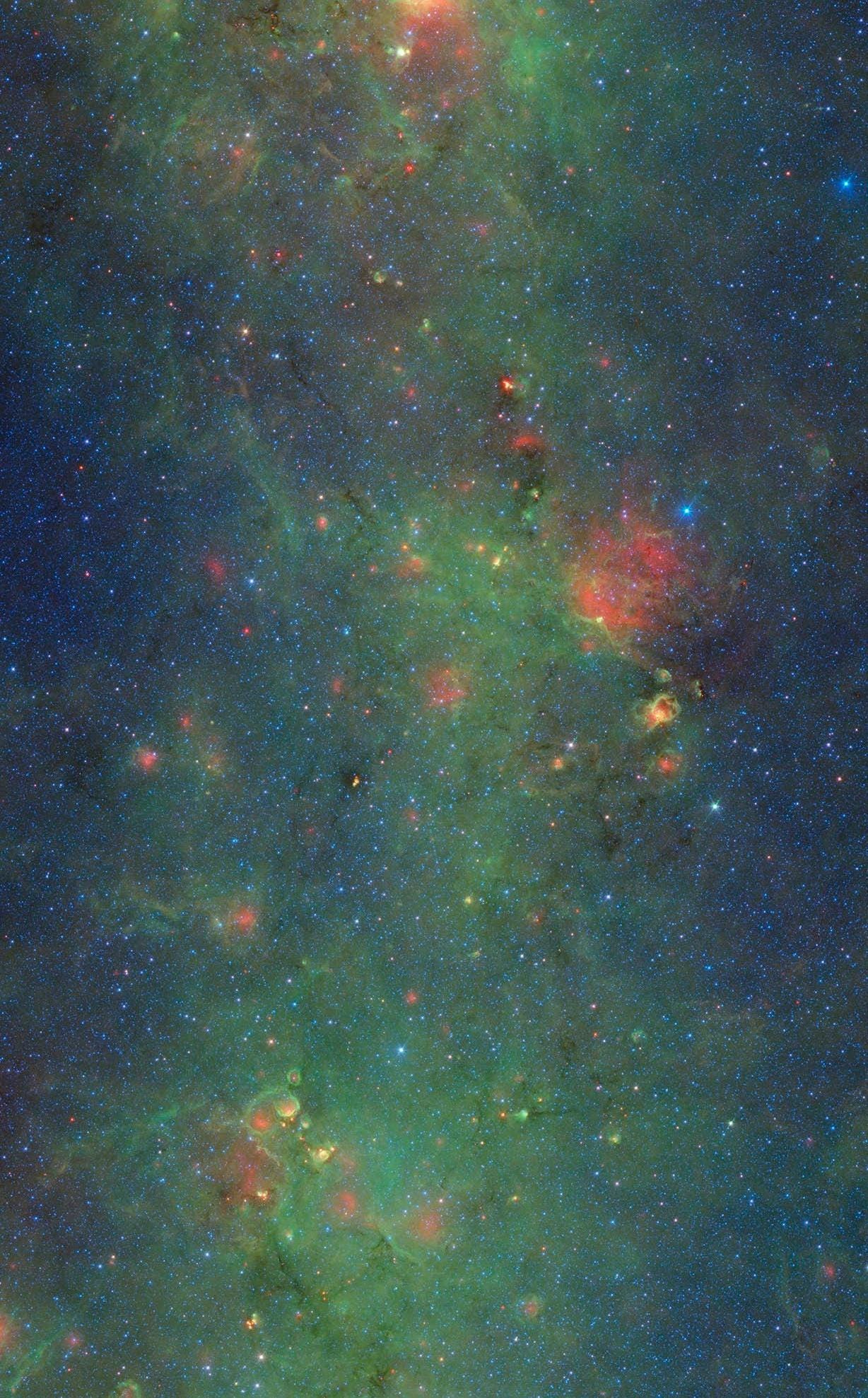
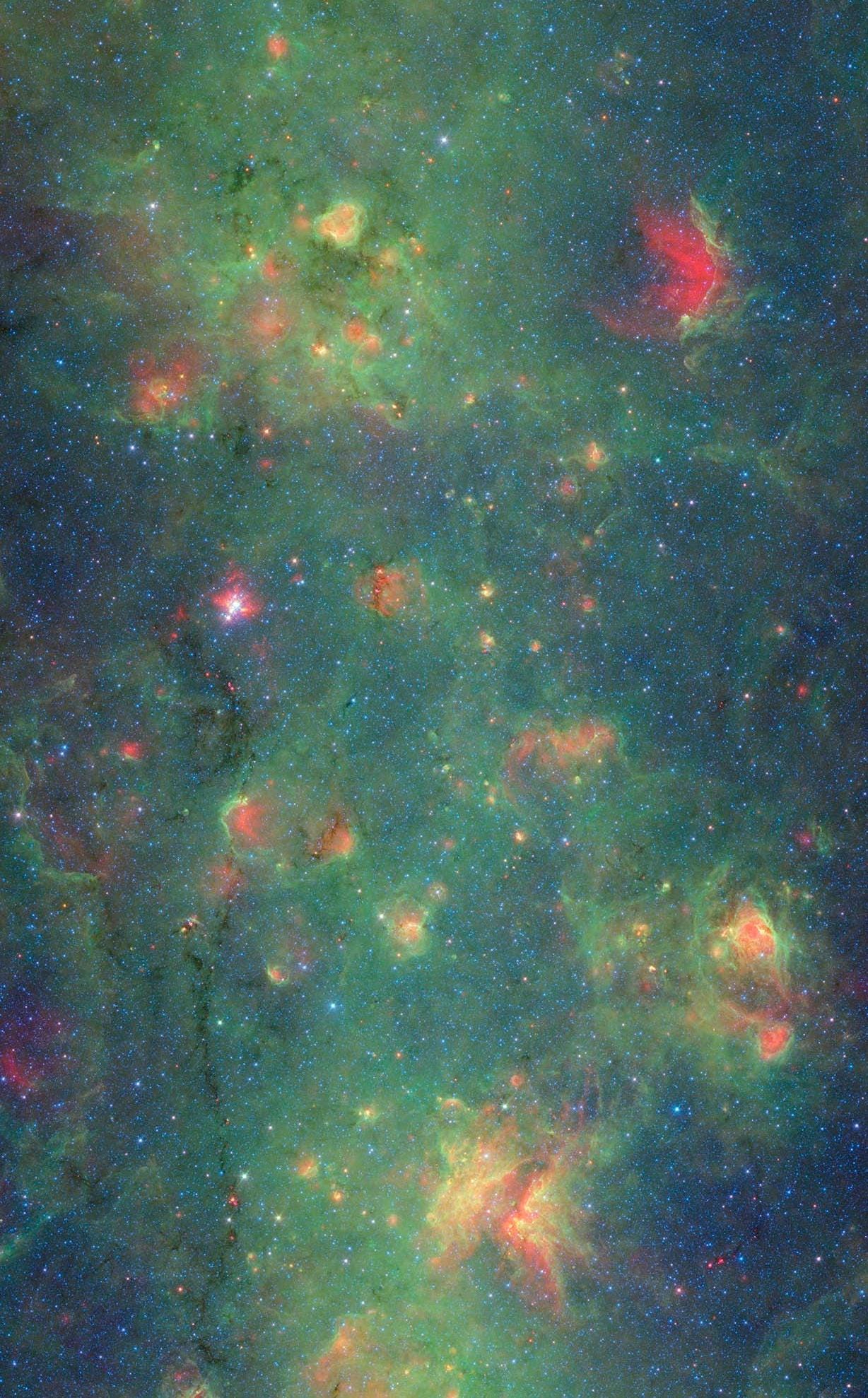

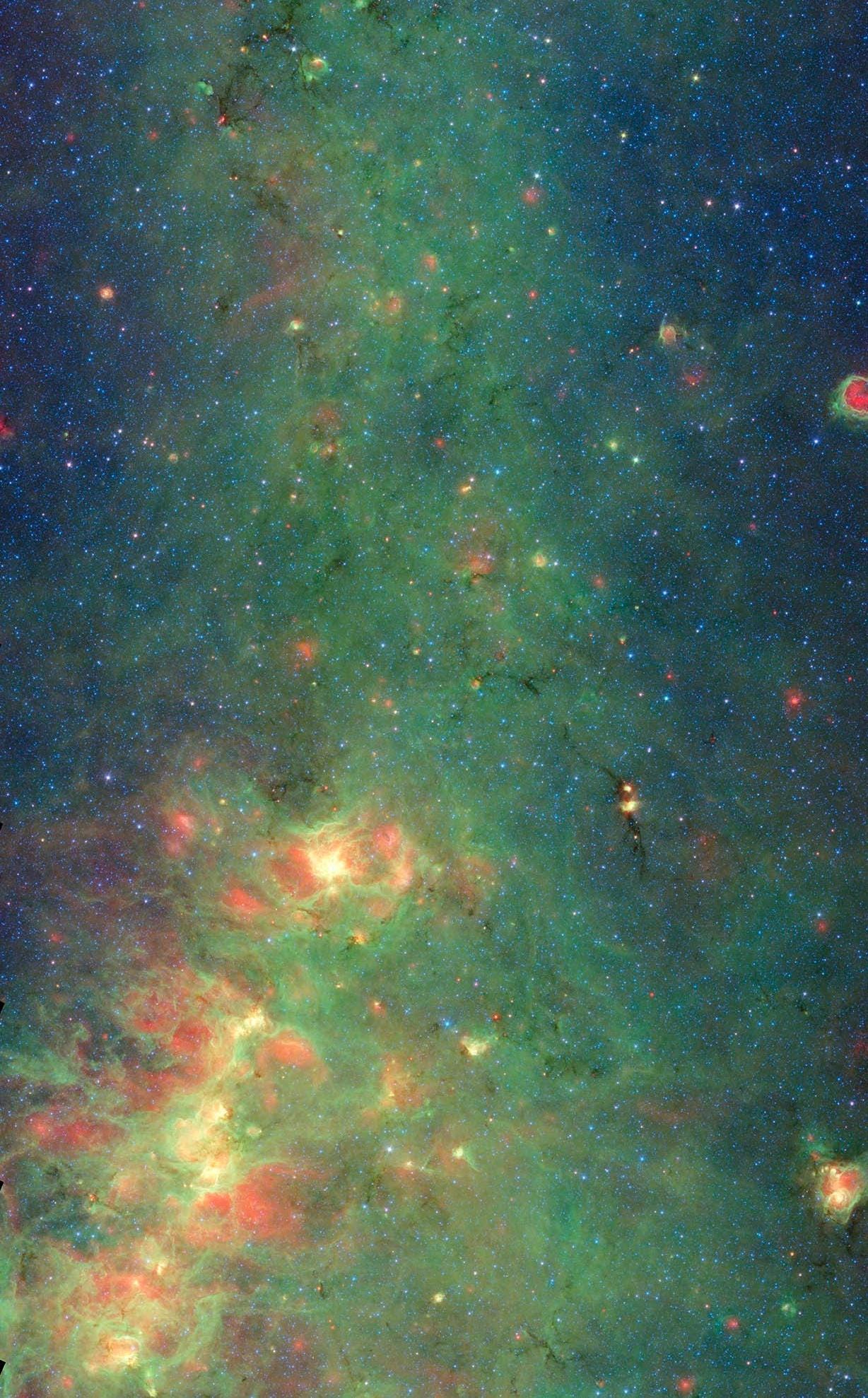
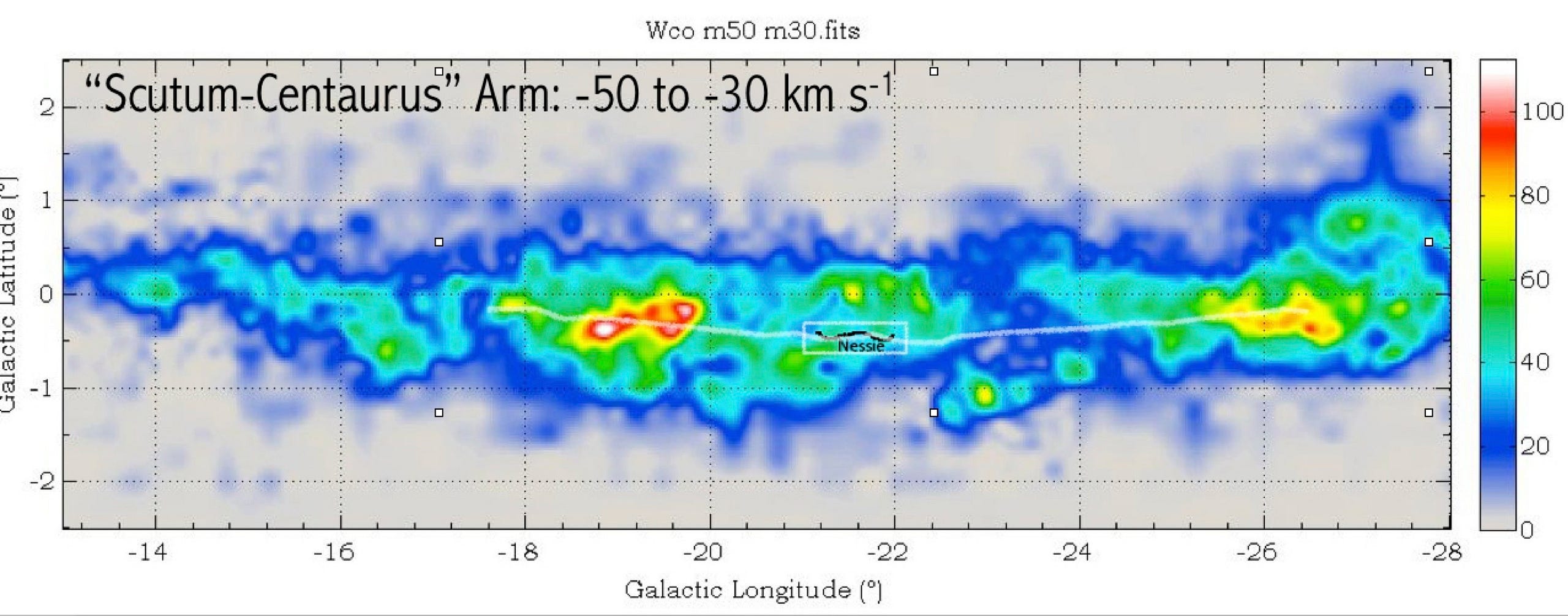
Every spiral galaxy contains wide, sweeping arms littered with hundreds of millions to hundreds of billions of stars. But in order to form these new stars, and to drive the density waves that give galaxies their spiral shapes, galaxies require a “skeleton” of neutral, light-blocking atoms and molecules to underlie it all. While these features have been seen in the infrared in many galaxies external to our own, the “bones” of the Milky Way had gone completely undetected until a team led by James Jackson discovered the first feature — named Nessie — in 2010.
Recent reanalysis of the data by Alyssa Goodman and her team shows that the feature is many hundreds of times as long as it is thick, suggesting that it may, in fact, be the “spine” of the Milky Way’s Scutum-Centaurus arm. Not only is this the closest major spiral arm of our galaxy to the Sun’s location, it’s also almost perpendicular to our line-of-sight, making this the easiest “bone” of the Milky Way to discover. High-resolution mapping of low-density and high-density dust confirms this, with future surveys poised to discover even more details of our galactic skeleton.


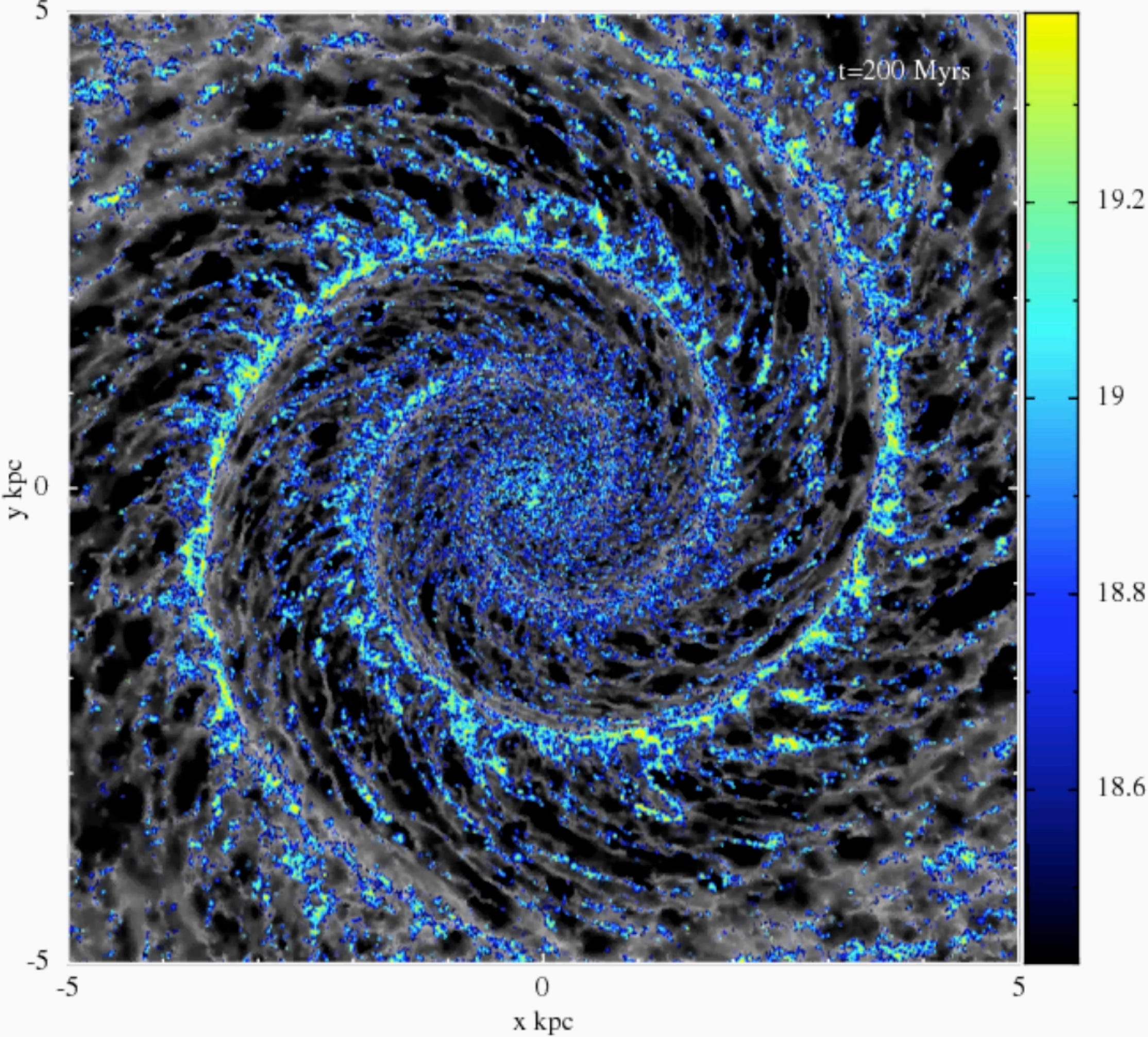
Mostly Mute Monday tells the story of a single astronomical phenomenon or object in visuals, images, video and no more than 200 words.
Leave your comments on our forum, and support Starts With A Bang on Patreon!
